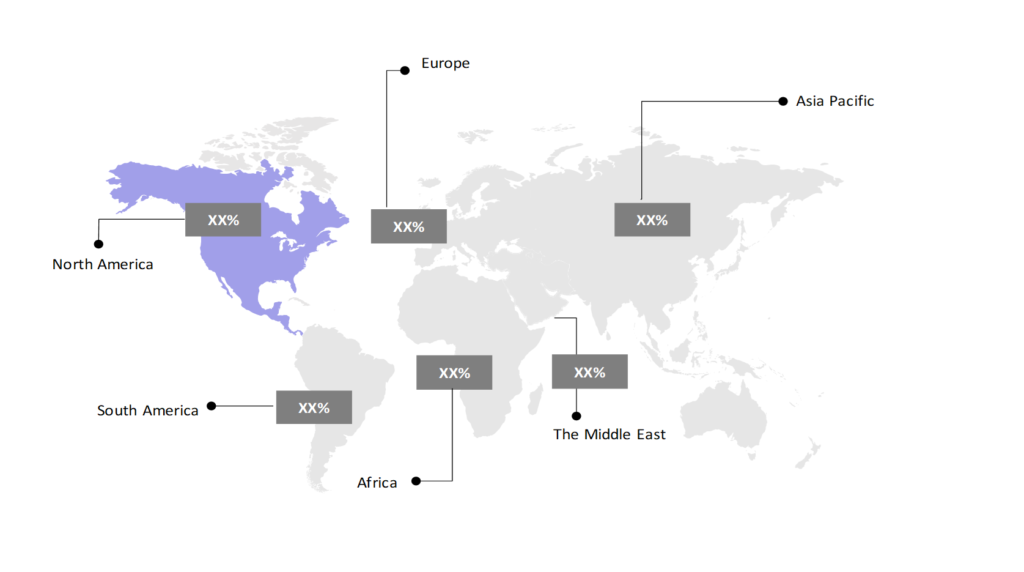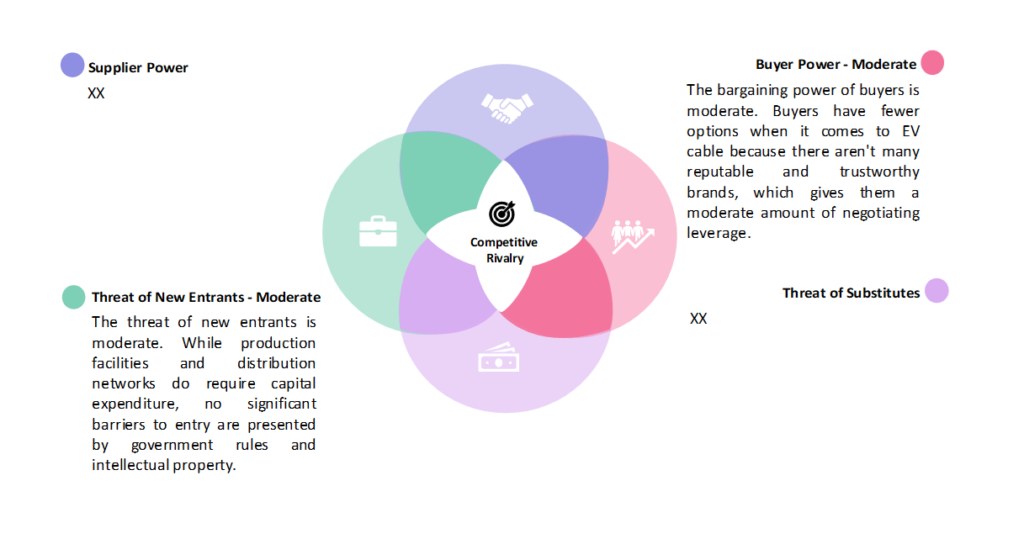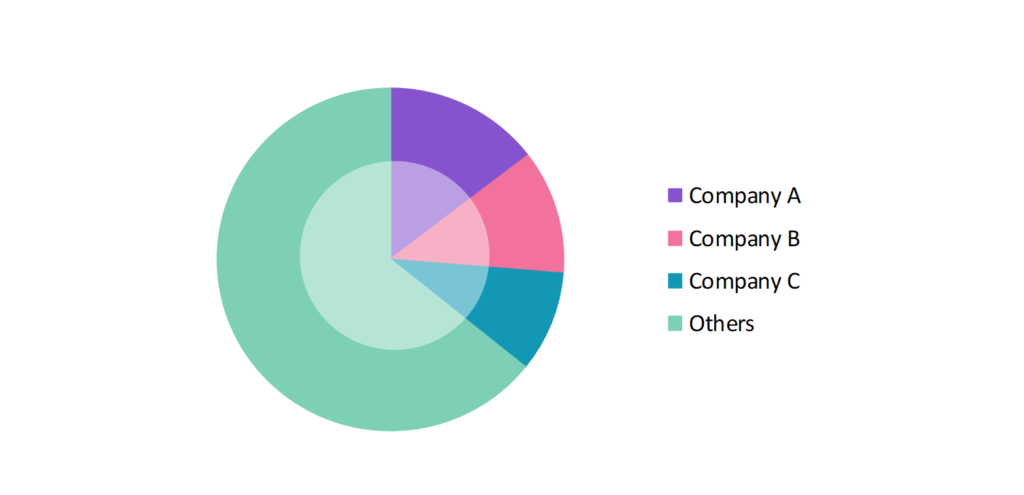EV Charging Cables Market Outlook: Size, Share, Trends & Growth Analysis (2024-2029)
The report covers a comprehensive analysis segmented By Power Supply (AC, DC), By Length (2-5 Meters, 6-10 Meters, >10 Meters), By Application (Private Charging, Public Charging), By Charging Level (Level 1, Level 2, Level 3), By Geography (North America, South America, Asia Pacific, Europe, the Middle East, Africa).
EV Charging Cables Market Snapshot

EV Charging Cables Market Overview
The global EV charging cables market is estimated at $1.73 Bn in 2024 and is anticipated to reach $3.97 Bn in 2029. The global EV charging cables market is registering a CAGR of 18.07% during the forecast period 2024-2029.
An EV charging cable is a customized cable that is used to link an electric vehicle (EV) to a power source or charging station so that the battery can be replenished. Electric power is securely and effectively transferred from the charging station to the vehicle’s onboard charging system securely and effectively by EV charging cables. They usually consist of a high-voltage cable with specific connections on both ends, one of which is connected to the electric vehicle’s charging port and the other to the charging station or power source.
The EV charging cables market is a crucial component of the rapidly growing electric vehicle industry. As more consumers and businesses transition to electric vehicles, the demand for reliable and efficient charging solutions has surged. EV charging cables serve as the essential link between the vehicle and the charging station, enabling the transfer of electrical power to recharge the vehicle’s battery. The EV charging cables market encompasses a wide range of products, including Level 1 (household) cables, Level 2 (commercial and residential) cables, and DC fast charging cables. Each type of cable is designed to meet specific charging requirements, with varying power levels, connector types, and compatibility with different charging standards.
In terms of market players, the EV charging cables market is populated by cable manufacturers, EV original equipment manufacturers (OEMs), charging equipment providers, and specialized charging infrastructure companies. Competition in the market is driven by factors such as product quality, compatibility, pricing, and innovation. Strategic partnerships and collaborations between cable manufacturers and charging station operators are becoming increasingly common to ensure seamless integration and ensure a seamless charging experience for EV users.
EV Charging Cables Market Coverage
| Historical & Forecast Period | 2018-2029 |
| Base Year | 2023 |
| Forecast Period | 2024-2029 |
| Units | Billion US$ |
| Segments | Power Supply, Length, Application, Charging Level |
| Geographies | North America, South America, Asia Pacific, Europe, the Middle East, Africa |
| Key Vendors | Aptiv Global Operations Ltd., Tesla, Inc., Eland Cables Ltd., Leoni AG, Sinbon Electronics |
Key Geographies of EV Charging Cables Market, 2023

Porter’s 5 Forces Analysis of EV Charging Cables Market

EV Charging Cables Market Trends
The EV charging cable industry has expanded significantly due to the increasing adoption of renewable power sources and the development of electric vehicles. As a result, organizations across different sectors are investing in intelligent solutions to improve compatibility with EV charging cables. The focus of the industry is on improving charging efficiency, fast charging, high-power charging, and AC/DC charging. Electric charging cables are used in all conductive charging systems, whether they are in garages, homes, or on the road for rapid vehicle charging. For instance, Tesla and ChargePoint have introduced compact and lightweight charging cables that can be easily stored in vehicles or carried in bags, allowing EV owners to charge their vehicle on the go.
The market is seeing an influx of innovative cable options as charging technologies continue to progress, such as liquid-cooled cables for high-power charging and cables with integrated safety and communication functions. Aiming to facilitate quicker and more effective charging for electric cars (EVs) and other high-power applications. Since overheating poses a risk to safety and results in slower charging speeds, traditional charging cables are not designed to carry large currents.
As AC cables become more widely available and more compatible with the existing electrical infrastructure, they are replacing EV charging cables in the market because they are more practical for use in both home and public settings. Given the widespread use of Level 2 AC charging solutions across several regions, which supports this trend, the forecast suggests that the AC sector will hold the largest market share.
EV Charging Cables Market Driving Factors
The demand for electric cars (EVs) is growing as people’s awareness of environmentally friendly transportation evolves globally, necessitating the development of creative charging methods. The market for EV charging cables is being shaped by ongoing research and development, which is leading to advancements in charging efficiency, speed, and safety.
The EV charging cable market is experiencing rapid technological advancements, with manufacturers focusing on developing cables that can support higher power outputs, faster charging speeds, and improved durability. For instance, the introduction of liquid-cooled cables has enabled faster charging times, while the development of lightweight and flexible cables has enhanced user convenience.
The integration of smart charging technologies, such as load management systems and vehicle-to-grid (V2G) capabilities, has created a demand for advanced charging cables that can support bi-directional power flow and communication between the vehicle and the charging infrastructure. For instance, Greenlots and Siemens have developed a single charging solution, Greenlot’s SKY Smart Charging Platform, which optimizes energy usage and grid stability through intelligent cable management.
With increasing awareness of environmental issues and the need to reduce carbon emissions, consumers and businesses are actively seeking sustainable solutions, including electric vehicles and their associated charging infrastructure. For instance, manufacturers like Webasto and EVSE LLC have introduced eco-friendly and energy-efficient EV charging cables made from recycled materials or designed to minimize energy losses during charging. EVSE LLC’s cables are constructed with a reinforced outer jacket to improve durability and reduce waste.
EV Charging Cables Market Challenges
The high costs associated with installing and maintaining EV charging infrastructure, including cables, connectors, and charging stations. These substantial costs can act as a barrier to entry for some businesses and individuals, limiting the availability of charging stations. Additionally, safety concerns surrounding the handling of high voltages and currents by charging equipment must be addressed to ensure consumer confidence and adoption.
Wireless automobile charging is a superior substitute for smartphone charging with a few adjustments. It allows an electric vehicle to charge automatically without a cable. The development of semi-autonomous and autonomous vehicles, a rise in the adoption of EVs, a spike in the demand for premium sector automobiles, and increased vehicle safety concerns are all predicted to fuel the growth of wireless charging of EVs. The market expansion for EV charging cables is hampered by these advancements in wireless EV charging. For example, in nations like China and Germany, a lot of EV buses employ this technology for stationary EV charging. Similar to this, Sweden created a vehicle-charging electrified road. This is going to have a big impact on the wired EV charging business.
EV Charging Cables Market – Key Industry News
- In February 2024, Mercedes Benz launched a new flexible EV charging system, enabling simple and convenient charging, providing an output of 22 kW depending on building availability, vehicle equipment, and adapter.
- In October 2023, Leoni presented next generation charging cables, new lighter and thinner design was created, aimed at making the handling of changing cables easier for car owners, also being more efficient and consuming minimal resources.
- In April 2023, Pheonix Contact introduced a new HPC charging cable, capable of safe High-Power Charging with a Permanent Output of 375 kW without needing any cooling.
EV Charging Cables Market Competitive Landscape
The EV charging cables market is witnessing intense competition as the adoption of electric vehicles continues to rise globally. Major players in this market include Aptiv Global Operations Ltd., Tesla, Inc., Eland Cables Ltd., Leoni AG, Sinbon Electronics, and others. These companies offer a wide range of charging cables catering to different vehicle types, power ratings, cable lengths, and charging applications such as residential, commercial, and public charging stations. Companies are continuously investing in technological advancements to improve the performance, durability, and safety features of their EV charging cables. The players in this market are constantly focusing on developing compact and portable charging solutions for enhanced user convenience, integration of advanced features like temperature monitoring, current monitoring, and communication capabilities into charging cables. They are also focusing their attention towards sustainable and Eco-friendly manufacturing processes and materials.
EV Charging Cables Market Company Share Analysis, 2023(%)

EV Charging Cables Market – Key Companies

Reason to Buy from us

Table of Contents
| 1. Introduction |
|---|
| 1.1. Research Methodology |
| 1.2. Scope of the Study |
| 2. Market Overview / Executive Summary |
| 2.1. Global EV Charging Cables Market (2018 – 2022) |
| 2.2. Global EV Charging Cables Market (2023 – 2029) |
| 3. Market Segmentation |
| 3.1. Global EV Charging Cables Market by Power Supply |
| 3.1.1. AC |
| 3.1.2. DC |
| 3.2. Global EV Charging Cables Market by Length |
| 3.2.1. 2-5 Meters |
| 3.2.2. 6-10 Meters |
| 3.2.3. >10 Meters |
| 3.3. Global EV Charging Cables Market by Application |
| 3.3.1. Private Charging |
| 3.3.2. Public Charging |
| 3.4. Global EV Charging Cables Market by Charging Level |
| 3.4.1. Level 1 |
| 3.4.2. Level 2 |
| 3.4.3. Level 3 |
| 4. Regional Segmentation |
| 4.1. North America |
| 4.1.1. The U.S |
| 4.1.2. Canada |
| 4.1.3. Mexico |
| 4.2. South America |
| 4.2.1. Brazil |
| 4.2.2. Argentina |
| 4.2.3. Colombia |
| 4.2.4. Chile |
| 4.2.5. Rest of South America |
| 4.3. Asia Pacific |
| 4.3.1. China |
| 4.3.2. India |
| 4.3.3. Japan |
| 4.3.4. South Korea |
| 4.3.5. Rest of Asia Pacific |
| 4.4. Europe |
| 4.4.1. UK |
| 4.4.2. Germany |
| 4.4.3. Italy |
| 4.4.4. France |
| 4.4.5. Spain |
| 4.4.6. Rest of Europe |
| 4.5. The Middle East |
| 4.5.1. Turkey |
| 4.5.2. UAE |
| 4.5.3. Saudi Arabia |
| 4.5.4. Rest of the Middle East |
| 4.6. Africa |
| 4.6.1. Egypt |
| 4.6.2. South Africa |
| 4.6.3. Rest of Africa |
| 5. Value Chain Analysis of the Global EV Charging Cables Market |
| 6. Porter Five Forces Analysis |
| 6.1. Threats of New Entrants |
| 6.2. Threats of Substitutes |
| 6.3. Bargaining Power of Buyers |
| 6.4. Bargaining Power of Suppliers |
| 6.5. Competition in the Industry |
| 7. Trends, Drivers, and Challenges Analysis |
| 7.1. Market Trends |
| 7.1.1. Market Trend 1 |
| 7.1.2. Market Trend 2 |
| 7.1.3. Market Trend 3 |
| 7.1.4. Market Trend 4 |
| 7.1.5. Market Trend 5 |
| 7.2. Market Drivers |
| 7.2.1. Market Driver 1 |
| 7.2.2. Market Driver 2 |
| 7.2.3. Market Driver 3 |
| 7.2.4. Market Driver 4 |
| 7.2.5. Market Driver 5 |
| 7.3. Market Challenges |
| 7.3.1. Market Challenge 1 |
| 7.3.2. Market Challenge 2 |
| 7.3.3. Market Challenge 3 |
| 7.3.4. Market Challenge 4 |
| 7.3.5. Market Challenge 5 |
| 8. Regulatory Landscape |
| 9. Competitive Landscape |
| 9.1. Aptiv Global Operations Ltd. |
| 9.2. Tesla, Inc. |
| 9.3. Eland Cables Ltd. |
| 9.4. Leoni AG |
| 9.5. Sinbon Electronics |
| 9.6. Company 6 |
| 9.7. Company 7 |
| 9.8. Company 8 |
| 9.9. Company 9 |
| 9.10. Company 10 |
EV Charging Cables Market – Frequently Asked Questions (FAQs)
What is the current size of the global EV charging cables market?
The market size for the global EV charging cables market in 2024 is $1.73 Bn.
Who are the major vendors in the global EV charging cables market?
The major vendors in the global EV charging cables market are Aptiv Global Operations Ltd., Tesla, Inc., Eland Cables Ltd., Leoni AG, and Sinbon Electronics.
Which segments are covered under the global EV charging cables market segments analysis?
This report offers in-depth insights into each power supply, length, application, and charging level.
